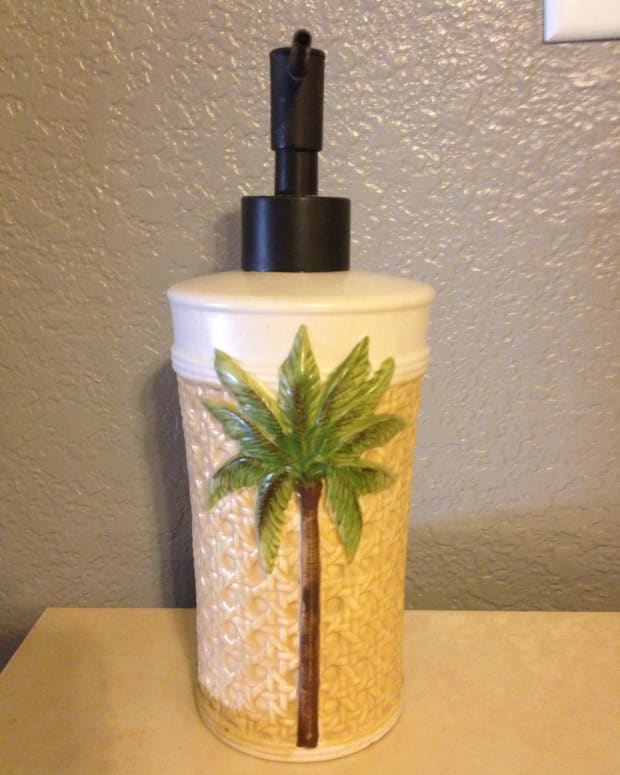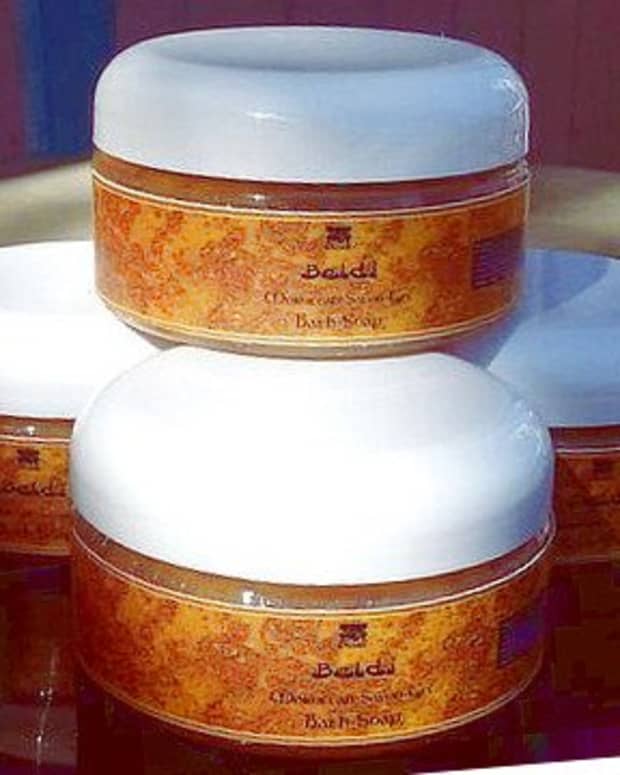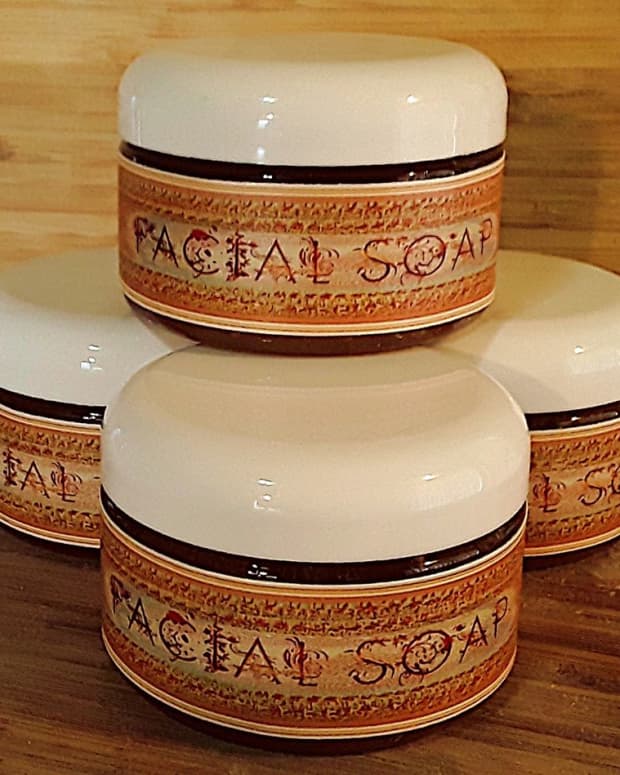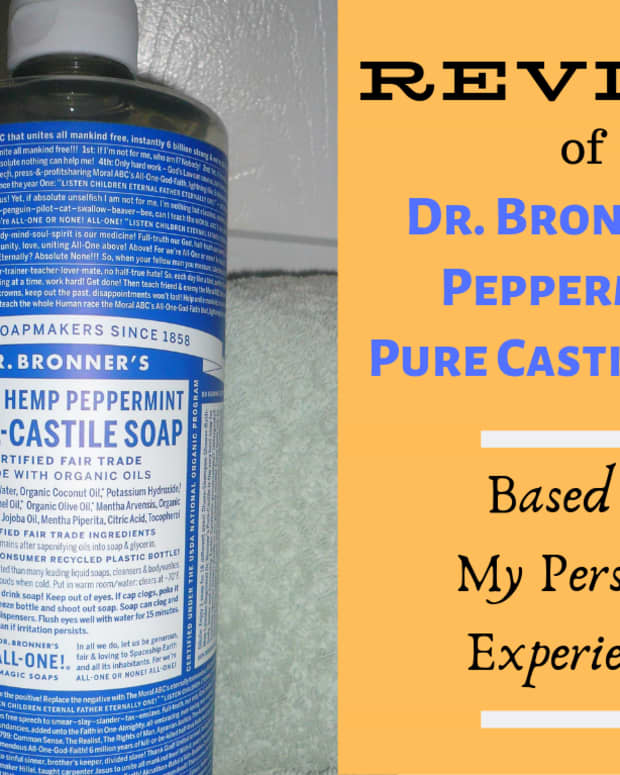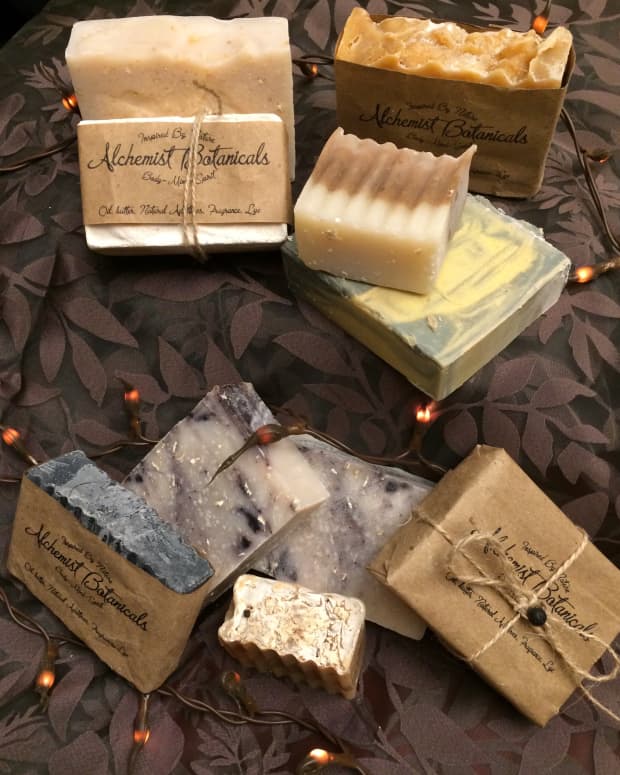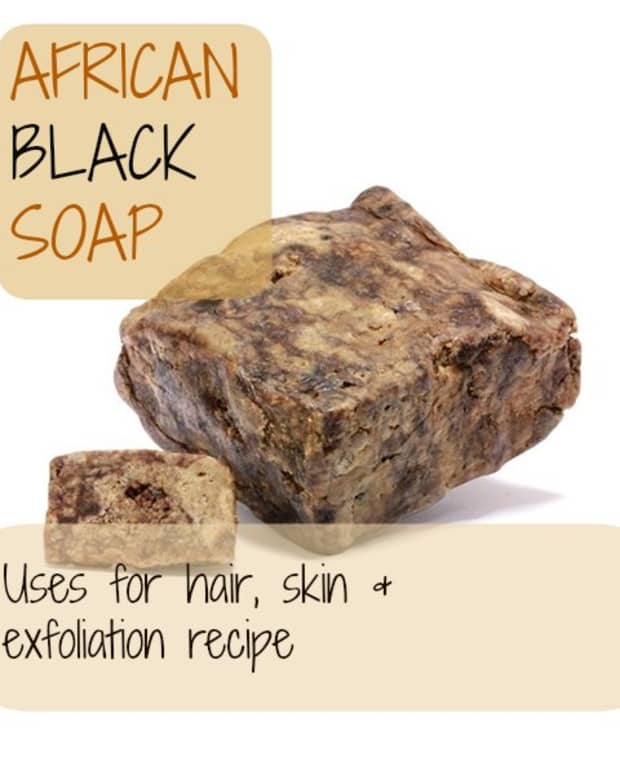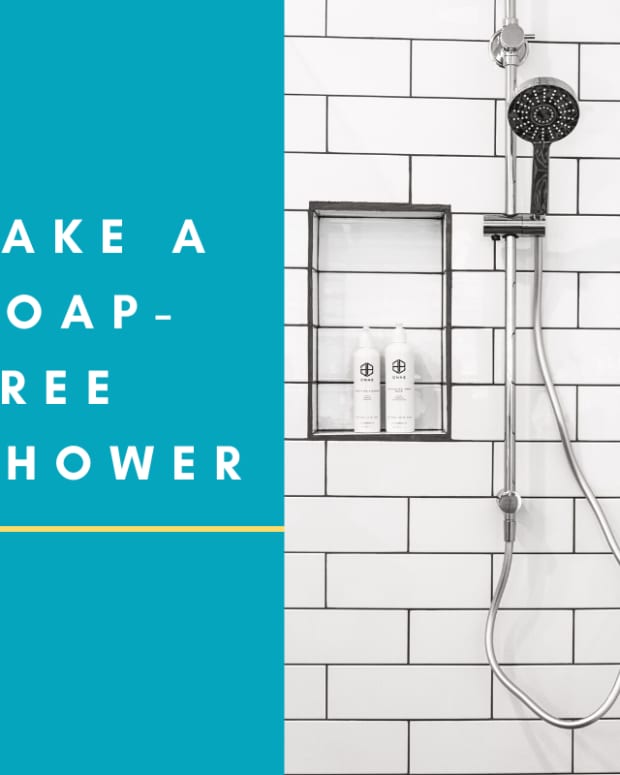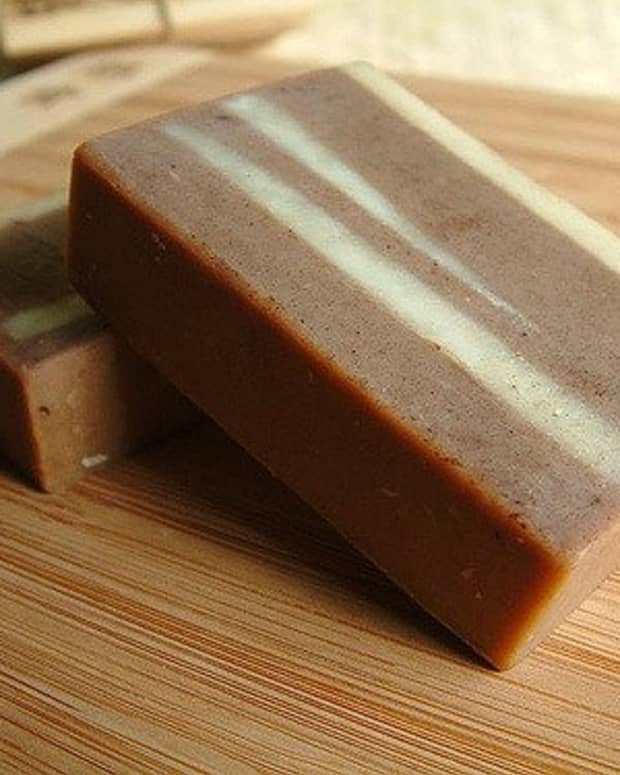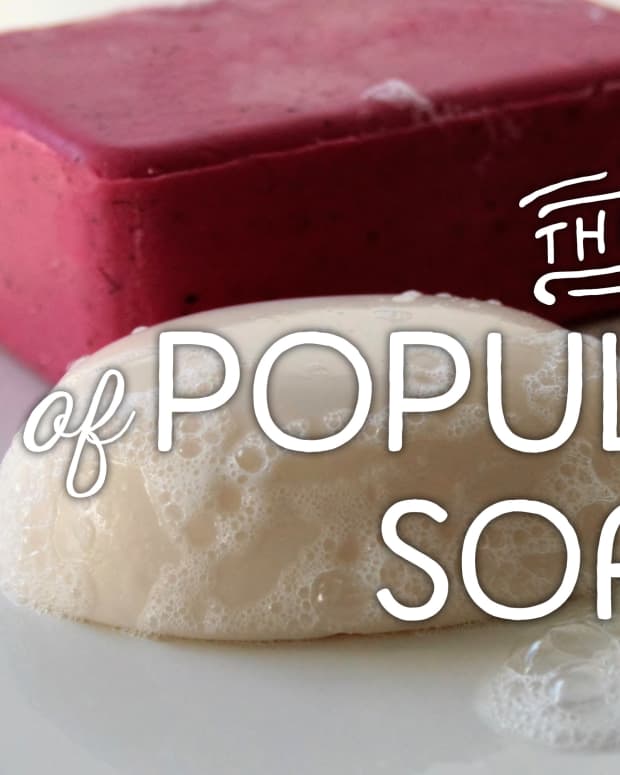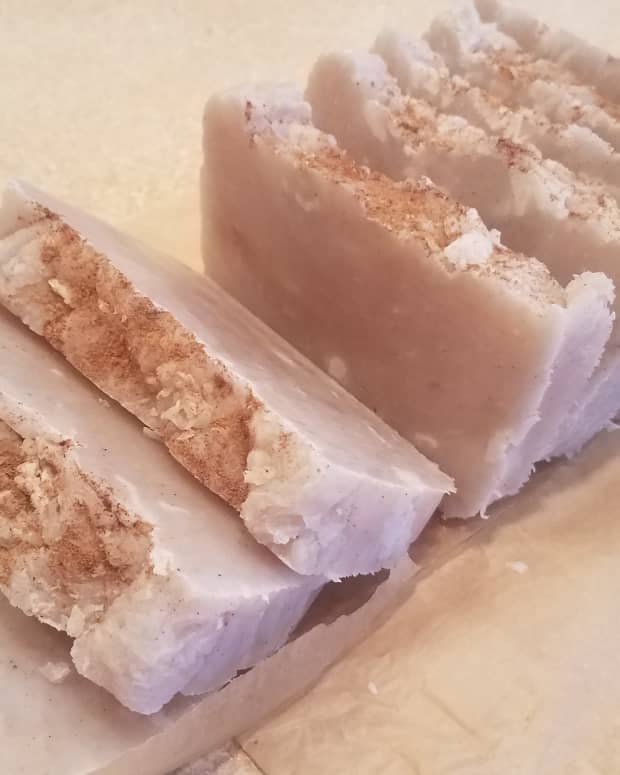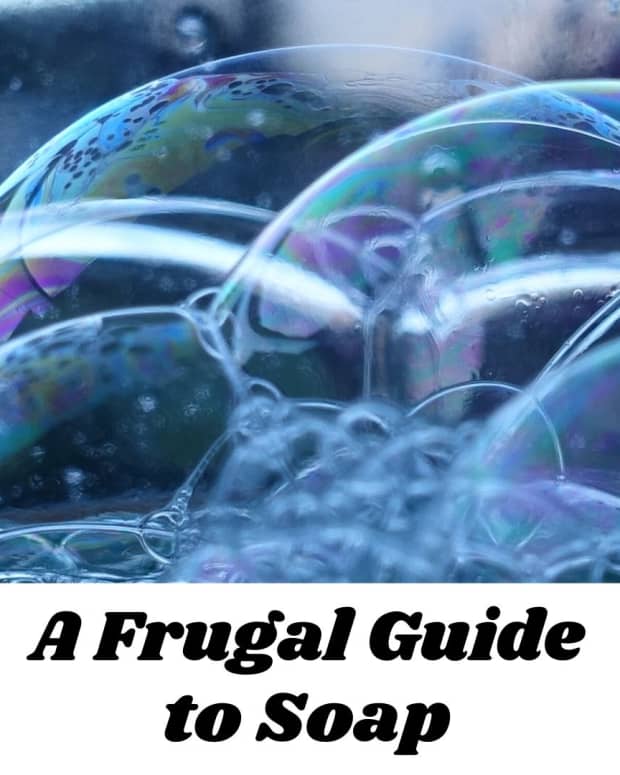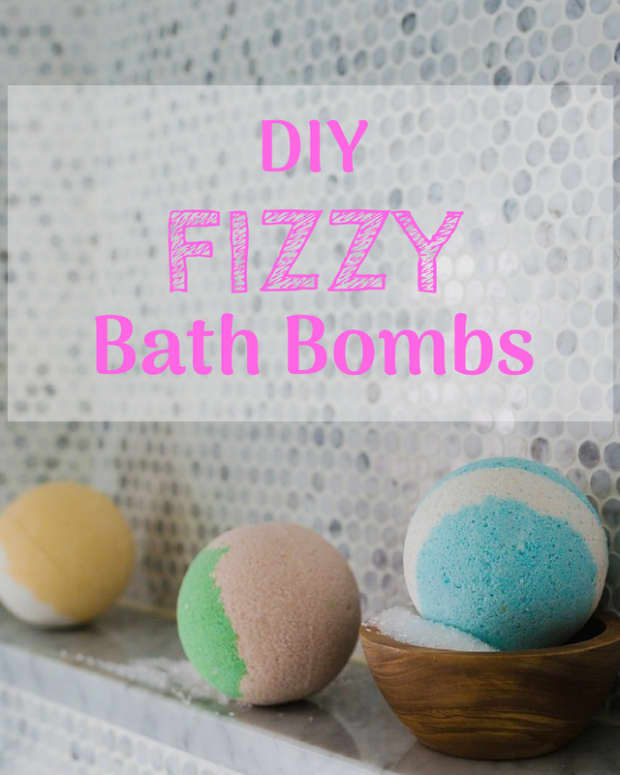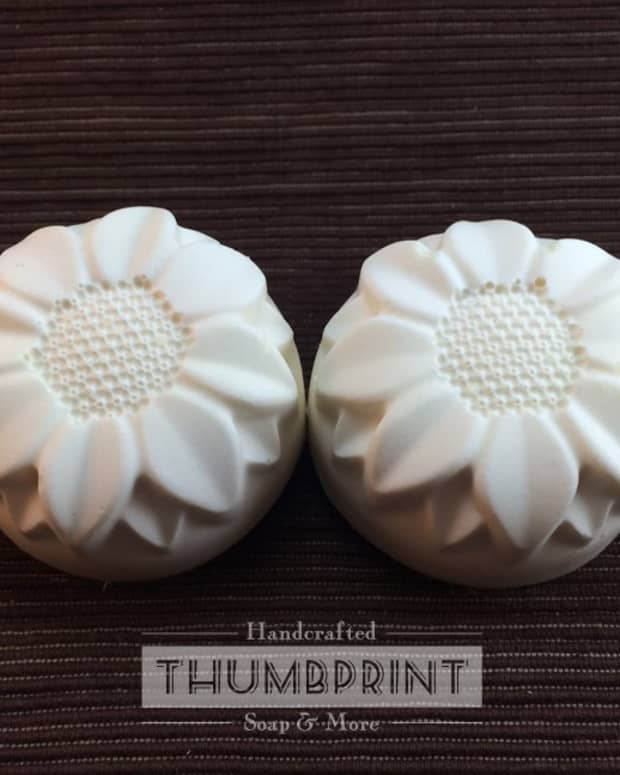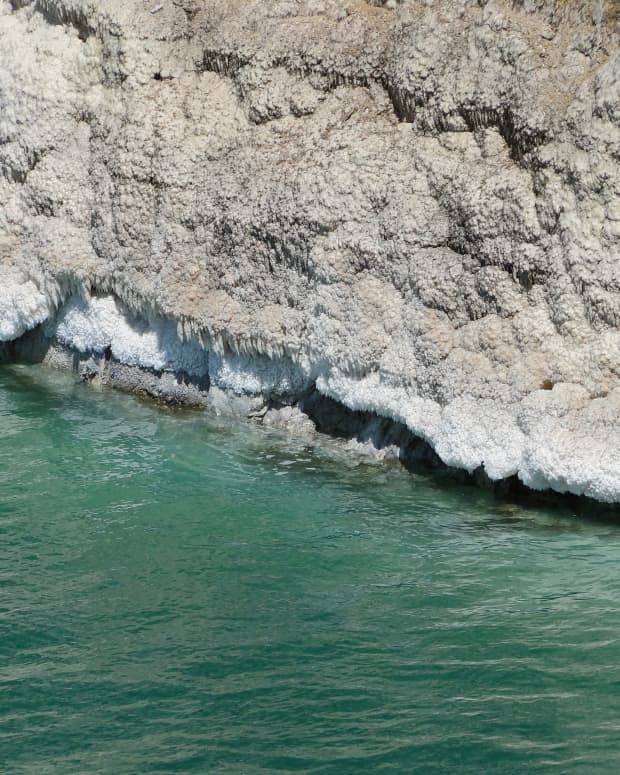How to Make All-Natural Liquid Laundry Soap
Rachel is a soap-making, wine-brewing homesteader and gardener in Minnesota.
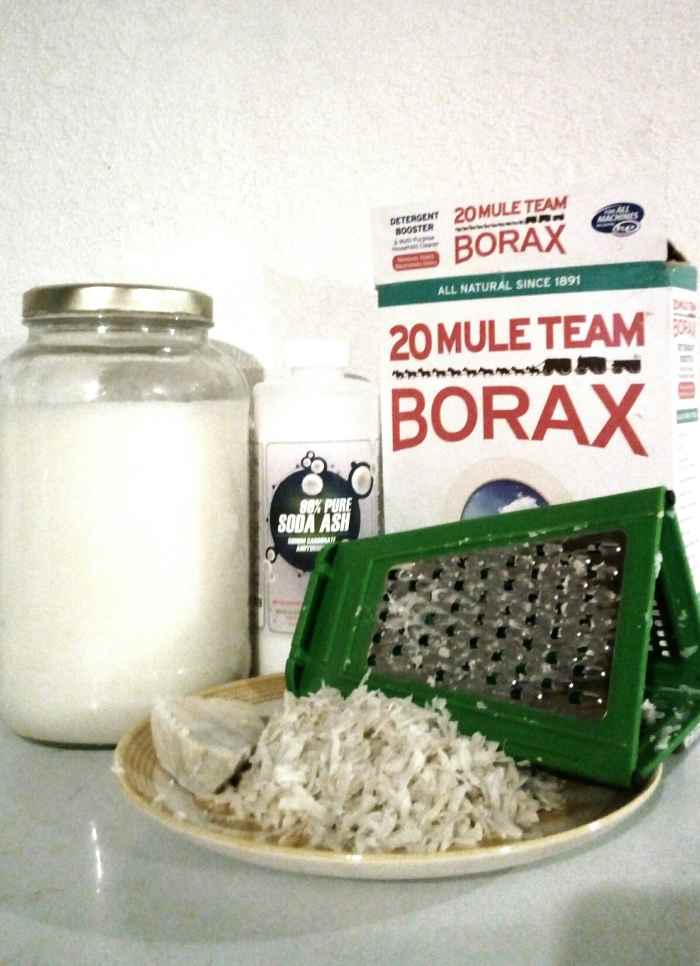
All natural liquid laundry soap - the finished product, and the ingredients I use to make it!
Farmer Rachel
Soap vs. Detergent
Most stores that sell products designed for cleaning clothes sell laundry detergent, but laundry detergent is not soap. So what's the difference?
Detergent is similar to soap in that it is a surfactant, which is a very formal way of describing a compound that can clean grease and oil. Soap and detergent aren't exactly the same and react differently with water.
Common laundry detergents are also likely to include other chemical cleaning agents such as bleach, other compounds that enhance the cleaning action of the detergent, and other ingredients that help to remove the detergent from the clothing. Laundry detergents may also contain dyes and fragrances that some people believe to be the cause of skin irritation.
Personally, I appreciate a greater measure of simplicity than store-bought laundry detergents can offer. I like homemade, and I like all-natural. I also have sensitive skin, so I try to avoid potential problems wherever I can.
Whether you prefer laundry detergent or not, you might have noticed that it isn't exactly cheap. You'll easily spend five to eight dollars on a bottle of detergent that claims to wash 32 loads of laundry. These products probably have five to eight or more ingredients in them as well.
You can take one of your empty laundry detergent bottles and fill it with homemade laundry soap for a fraction of the cost of the same bottle. In fact, you can probably do the same amount of laundry for less than one dollar. Instead of dealing with a bunch of ingredients you're unfamiliar with, you can use just four things (or just two) that are all natural to make homemade laundry soap.
The Ingredients
This is a recipe that I adapted from several recipes for dry laundry soap, and then I tinkered with the ratios and figured out how to add water until it worked for me. There are, at most, four ingredients (that I know of) for making homemade laundry soap. In truth, only the first two ingredients are absolutely necessary.
- Soap, about eight ounces (I prefer homemade lard bars)
- Water, enough to fill your largest pot and then more to almost fill a five-gallon bucket
- Borax (sodium borate, not boric acid!), 1/2 cup
- Washing soda (sodium carbonate), 1/2 cup
You can also add a couple ounces of essential oil if you want scented laundry soap! If you don't want to make 4.5 - 5 gallons of laundry soap your first time around, feel free to halve or quarter this recipe; just keep the ratios the same. And before we go any further, let's get to know these ingredients a little bit better.
Soap is, well, soap. I would hazard a guess that most people reading this article have a pretty good idea about what soap is. It's used to clean things, because it's a surfactant, which just means that with a little friction it can lift particles of stuff off of skin and fabric. Basically, it's a salt formed when sodium hydroxide (lye) mixes with water and fat/oil.
If you want a really unique and totally natural laundry soap, you can make your own soap. I like to "superfat" my laundry soap bars at 0%, but that's just me—and if you have no idea what I meant by that, then either go check out the article I linked or move right along with this recipe we're working on, no worries!
Read More From Bellatory
If you're not using homemade bar soap, buy whatever bar soap you think is best. I hear that there are still several good commercially produced laundry bars to be found in most box stores, in the laundry detergent aisle. Just make sure that what you're buying is actually soap, and not just detergent in the shape of a bar of soap, which would defeat the purpose of this entire process. Lye, caustic soda, or sodium hydroxide must be listed on the bar soap ingredients in some form, or the product is not actually soap. Beware of the "Idea of Soap" parading itself around as the real thing!

Soap bars, grated bar soap, Borax, washing soda, and liquid laundry soap made from these simple ingredients.
Farmer Rachel
What Are Sodium Borate and Sodium Carbonate?
When I decided I wanted to make my own laundry soap, I looked for recipes on the internet (like most other people probably would!). When I found 20 Mule Team Borax, a popular brand name of sodium borate, listed as one of the ingredients in just about every recipe I could find, I started to get a little nervous.
What Is Borax? Is That a Natural or Synthesized Product? And Why Do I Need It to Clean My Clothes?
Borax is just a natural mineral that has many different uses. A simple Google search will tell you all kinds of cool things about sodium borate. It acts as a water softener and a mild cleaning agent - for both of those reasons, it's a great additive to laundry soap. It is also anti-fungal, so if you have issues with your washing machine getting funky, it could be helpful there as well.
What Is Washing Soda?
Washing soda is sodium carbonate, also called soda ash or soda crystals, and is a highly alkaline compound, which means that it's great for removing stains. It's a water soluble salt, just another fancy way to say another crystallized sodium compound that can dissolve in water. Which is, again, why it's great for washing clothes. It also acts as a water softener and is especially good at lifting oil, grease, and wine from fabrics.
Washing soda, like Borax, occurs as a natural mineral and can be mined.
Instructions: How to Make Natural, Homemade Liquid Laundry Soap
- In your largest nonreactive metal pot, boil water. While you wait for the water to boil, grate all your soap with a cheese grater. The finer the soap pieces, the better.
- When the water comes to a boil, add all the grated soap at once and stir to dissolve.
- After all the soap pieces are dissolved in the boiling water, you can pour the mixture into a five-gallon bucket. At this point, quickly add the Borax and Washing Soda, if you are using them. Stir briskly to dissolve all the crystals.
- Now take hot water from your faucet and carefully add to the soap mixture in the bucket. Add water until you have between four and five gallons of liquid laundry soap. Stir very well.
- Once all ingredients look well incorporated, cover the bucket with plastic cling wrap or another tight-sealing cover, and let it stand for about twelve hours.
- After the soap has stood for about twelve hours, remove the cover and stir. Some separation is to be expected, as we have not used any ingredients that would act as emollients or conditioners. Stir the thicker portions of the soap mixture back into the thinner portions, and then you can bottle or jar all of your soap as you see fit!
Storing and Using Your Homemade, All-Natural Liquid Laundry Soap
For storage, I like to use old laundry detergent bottles. These make stirring (shaking) and measuring soap when I do laundry a breeze. I also use large one-gallon glass jars that I came across somewhere in my travels, and pint sized glass mason jars as well. It's entirely up to you! I would recommend that what you store your soap in be able to close tightly with a lid to prevent bugs from getting in (weird, I know), and water evaporation.
All homemade soaps will be subject to a shelf life unless you used some sort of extra preservative. As a general rule, most folks say homemade soap is stable for one year, but I, needing always to be contrary, say two.
I use the same amount of homemade liquid laundry soap to do a large load of laundry as I used to use of store-bought detergent. I could probably get away with using less, but I have extremely hard water so I like to make sure I am getting the water softening benefits each time I wash clothes! Do some experimenting and see what works best for you!
This content is accurate and true to the best of the author’s knowledge and is not meant to substitute for formal and individualized advice from a qualified professional.
© 2017 Rachel Koski Nielsen
Comments
Sharon Vile from Odessa, MO on October 24, 2017:
Homemade laundry soap is great stuff! I've been using it for years, but made with 100% coconut oil soap, zero superfat. I always add a fragrance, even though it doesn't survive the dryer. My daughter asked me if it was possible to purchase the Tide fragrance--and lo and behold it is!






